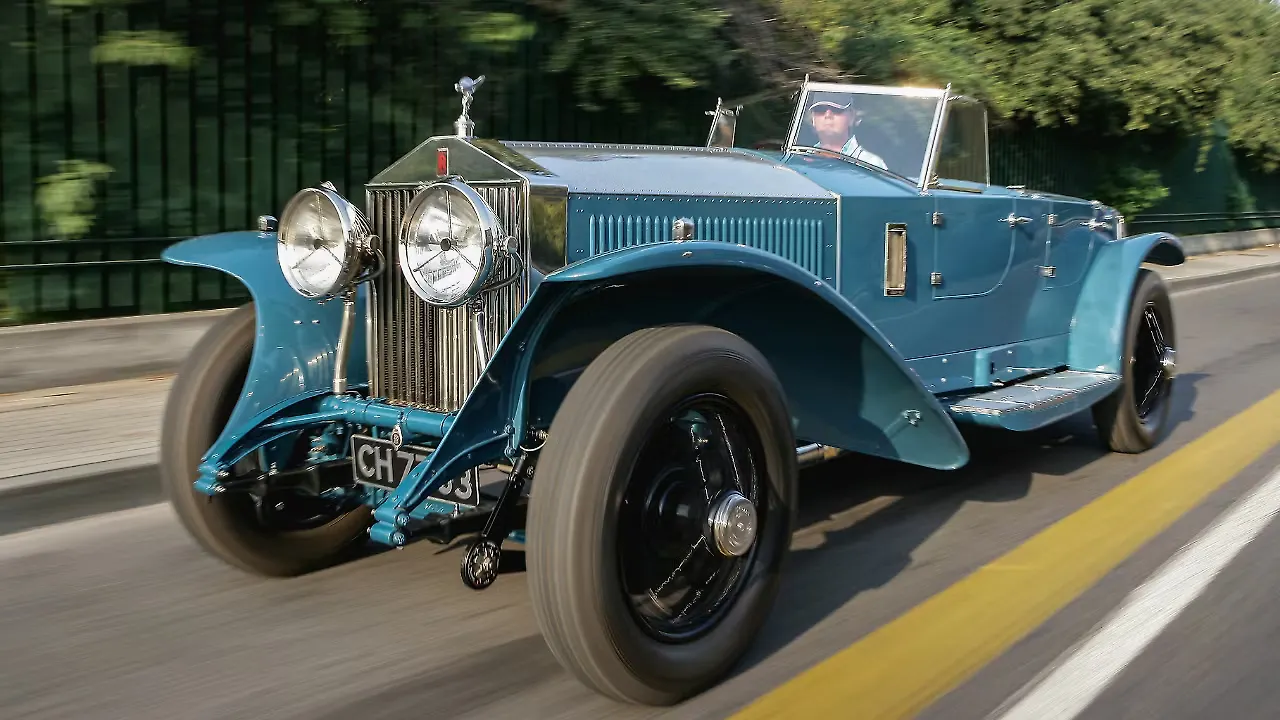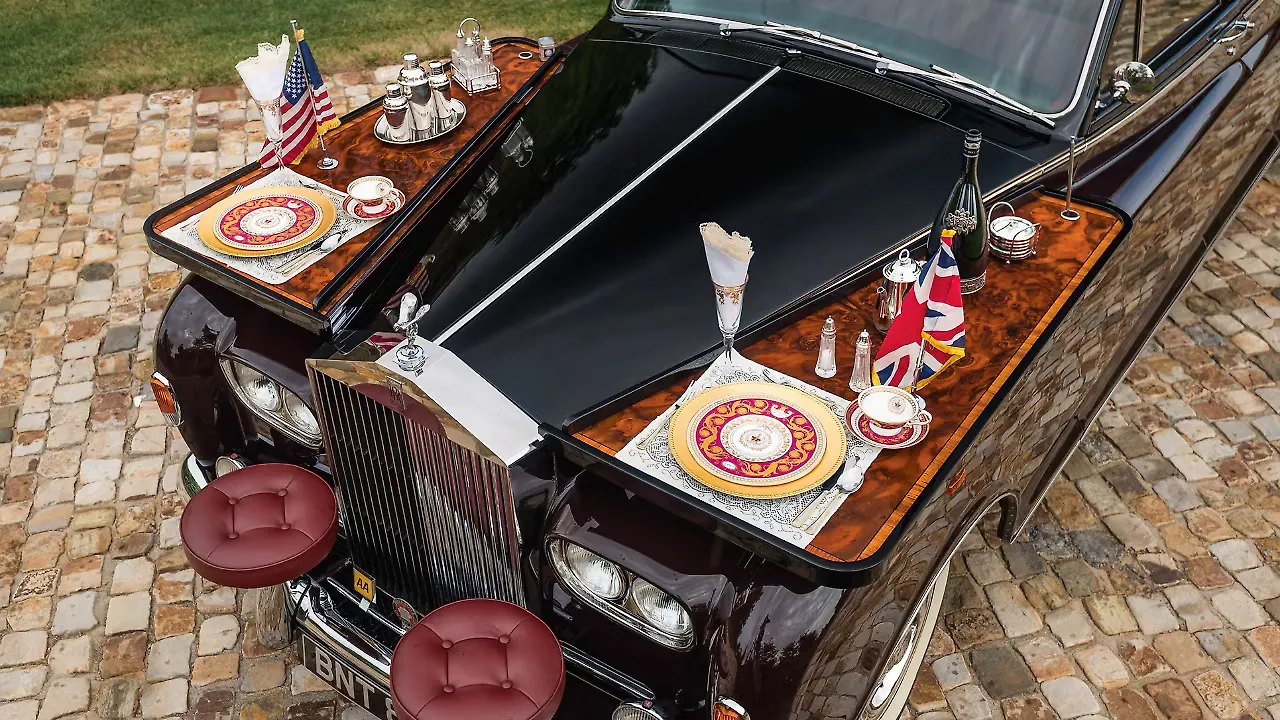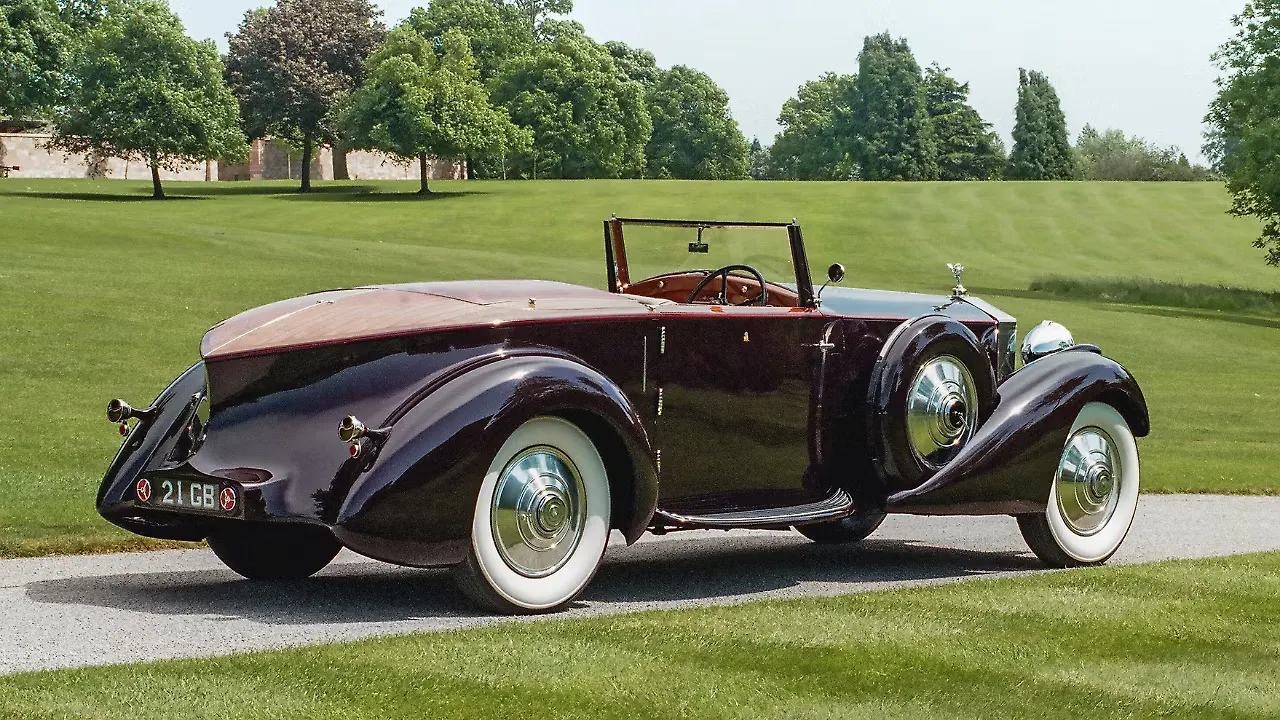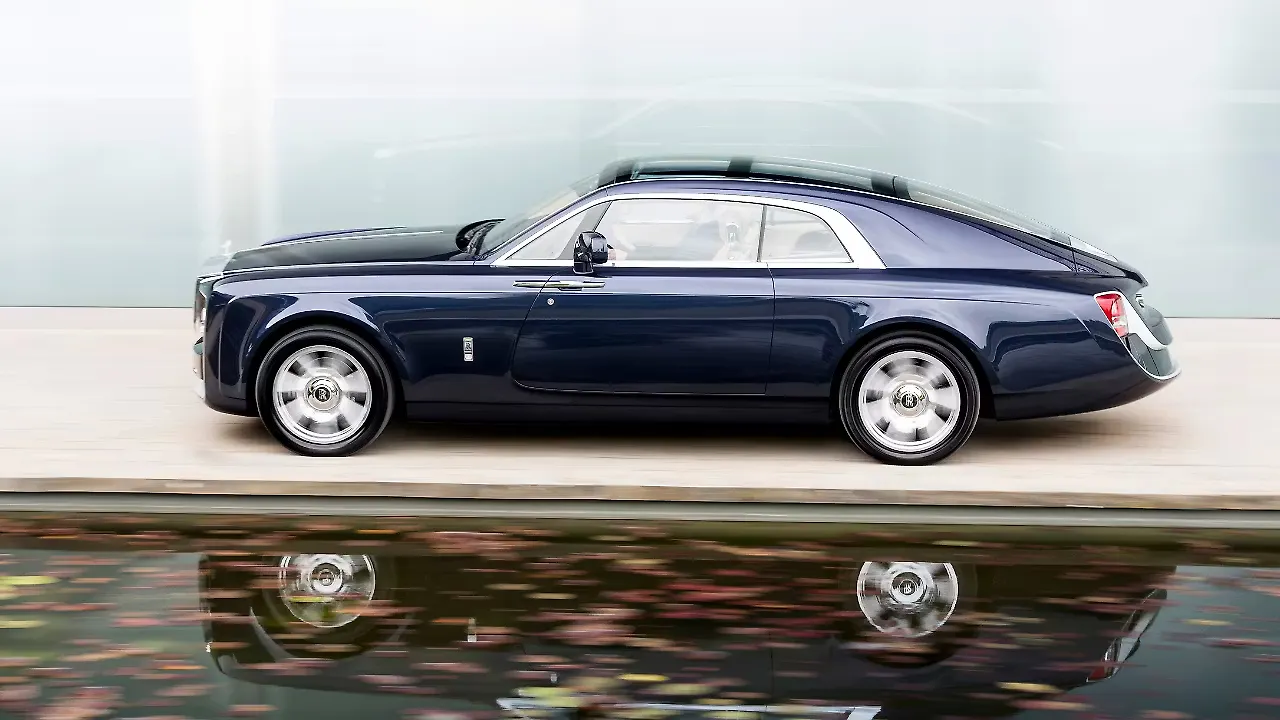
Have you ever played video games like Asphalt or Need For Speed, where you can upgrade your car exteriors, interiors and even tune your engines. But concepts like these are more software-driven and not really. However, a German Luxury car manufacturer owned Rolls-Royce has been adopting the ‘Coach-Building’ concept to produce luxury cars customised to customer needs.
Coach-building is a unique aspect, and it is more of creating bespoke bodywork artistically and scientifically on a pre-assembled chassis. The concept began when the motor car itself was born. However, all but extinguished by mass production, coach-building activities continue with Rolls-Royce at the forefront of its rejuvenation.
Torsten Müller-Ötvös, Chief Executive Officer, Rolls-Royce Motor Cars, says, “The ability to personalise almost every aspect of their motor car is one of the main reasons our patrons come to us. But we know some wish to go further still. In 2017, we stunned the world with our first fully coach-built motor car of the modern era, the spectacular Rolls-Royce Sweptail. This was, by definition, an entirely unique commission, but in our minds, it was the start of a journey.”
“We have formally re-established our coach-build department for those patrons who wish to go beyond the existing restraints and explore the almost limitless possibilities this opens up for them. We are able to offer our customers the opportunity to create a motor car in which every single element is hand-built to their precise individual requirements, as befits our status as a true luxury house,” Müller-Ötvös adds.

According to the company, many customers are increasingly seeking opportunities to reach beyond bespoke and determine the motor car’s physical form. Drawing from its more than a century of experience, the marque adopts the bespoke capabilities even today for its coach-building activities.
Origin of coach-building
When Charles Rolls and Henry Royce first met in 1904, there were only around 8,000 registered motor cars in Great Britain. However, there were about half a million horse-drawn vehicles.
During this period, car manufacturers generally produced only the mechanical components; they used to send the ‘rolling chassis’ to specialist coachbuilders for integrating the body as per the client’s specification.
While some coachbuilders had simply switched from making horse-drawn vehicles, a few others, drawn by the new opportunities the motor car presented, began capitalising them. These pre-Edwardian car bodies were typically built in the same way as their horse-drawn predecessors had been doing.
However, it became apparent that materials and methods developed and adapted for the speed of horses were not suitable as the motor car reached speeds of 30 to 40 miles per hour. Eventually, the art of coach-building would have to transform to be a more scientific-oriented activity.

What Does History Tell Us About The Coach Building?
As the decade 1920s cockcrow, mass-market carmakers began looking at bringing coach-building in-house, with engineers addressing new challenges presented by automotive use like vibration and torsional stress.
During those periods, Rolls-Royce used to outsource coachwork to specialist houses for several more decades.
A Rolls-Royce customer could still have a rolling chassis delivered to their chosen coachbuilder to design and build a car body to his specific requirements – similar to giving an order for a suit from a Savile Row tailor or clothing from a Paris couturier.
Until the 1930s, most coachbuilders followed the long-established practice of assembling a wooden frame, usually in ash, onto which aluminium or steel body panels were either pinned or welded.
It allowed almost any shape to be created according to the customers’ taste regarding interior space designs and fittings sought by the customer.
As their experience grew, materials improved, leading to increasing speeds of motor cars, driving coachbuilders to follow new methods. Use of frames made from metal tubing or angle-iron came into being.

This traditional form of coach-building continued until semi-monocoque construction, with sub-frames for the mechanical components replaced separate chassis.
For Rolls-Royce, this shift took place in October 1965, when the Silver Cloud series was replaced by the Silver Shadow. However, this did not mark the end of coach-building for the company.
The Phantom VI, built on a separate chassis, remained in production, though in small numbers, until 1993, with coachwork supplied by Rolls-Royce subsidiary H J Mulliner, Park Ward.
Coach-building legacy
Notable coaches built by Rolls-Royce include the 40/50HP Phantom I Brougham De Ville (1926), known as ‘The Phantom Of Love’, built by Charles Clark & Son of Wolverhampton. The 17EX (1928) is the fifth in the series, was capable of speeds in excess of 90 miles per hour. Phantom II Continental Drophead Coupé (1934) was designed by A F McNeil and built in London by Gurney Nutting. It was considered one of the most exotic and beautifully balanced examples of boat-tail coachwork ever created.
The Phantom VI limousine (1972) was the last Rolls-Royce model to be constructed with a separate chassis and was thus the last hurrah of the coachbuilder’s art. This example was designed and built by H J Mulliner, Park Ward, then a wholly-owned subsidiary of Rolls-Royce.
Sweptail, revealed in 2017, caused an international sensation with its clean lines and grandeur. Four years in the making, it is now regarded as a true modern classic and the world’s greatest two-seater intercontinental tourer.